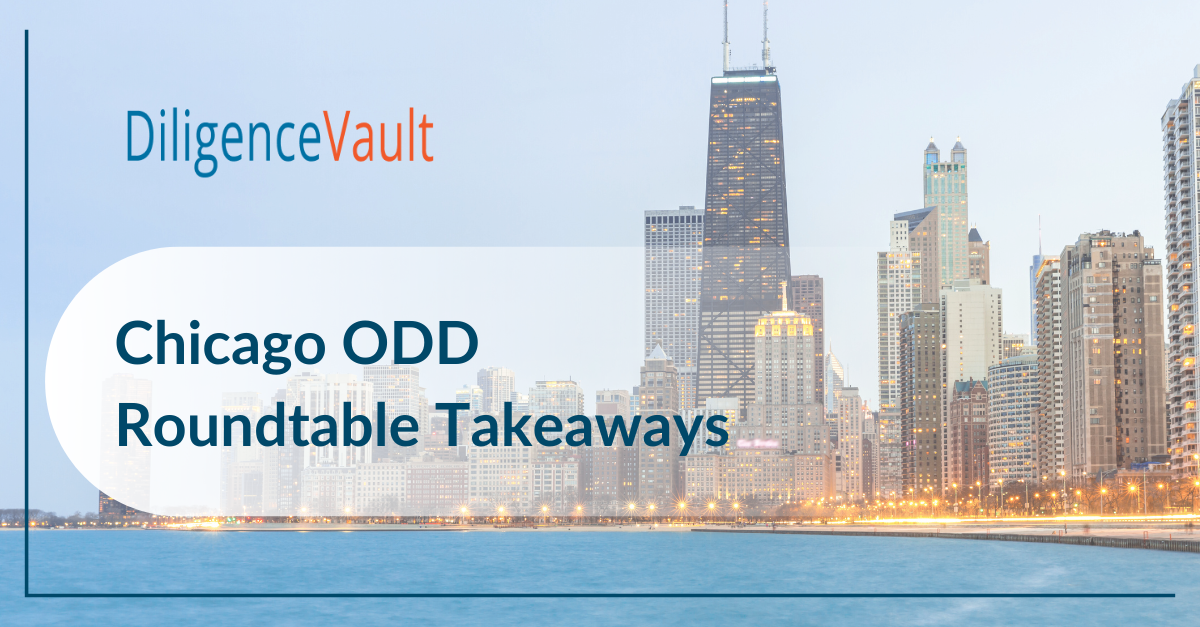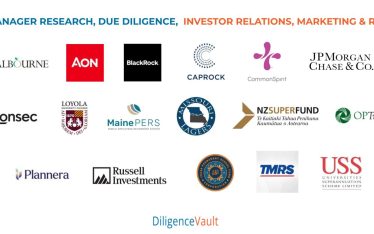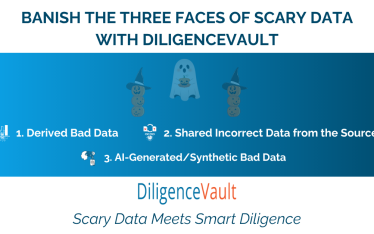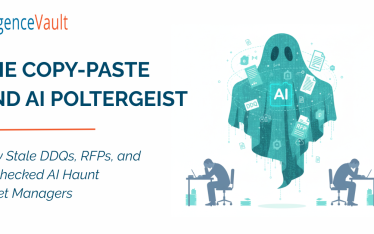New Administration’s Impact on Regulatory and Market Environment
- SEC exams are becoming less intensive, with a shift toward offsite reviews.
- NFA is issuing more “no comment” letters than the SEC is.
- Approximately 95% of managers share SEC exit letters. Some ODD teams rely on outside counsel for validation if letters are not shared, while some allocators anticipate material findings to appear in Form ADV disclosures.
- The impact of tariffs on private market valuations remains unclear due to valuation lags. Allocators are reviewing assets and portfolio companies with heavy dependencies on imports.
Outsourcing Trends and Considerations
- Outsourcing of CCO, CFO, and cybersecurity functions is prevalent, with cost allocation between fund and management company varying.
- Outsourced CFOs being classified as access persons is a gray area for the SEC.
- Transitioning functions in-house is case-dependent; $100 million AUM is a common milestone for evaluation.
- Outsourced CCOs are expected to have no more than 2–3 clients to ensure adequate oversight.
- ODD teams monitor service provider trends to advise managers effectively. Download latest ADV analysis to review Service Provider, DRP, Skin In the Game benchmarks.
AI Integration and Usage
- Many are seeing managers employ AI for tasks like monitoring expert network calls, summarizing earnings calls, vetting of research ideas, and structuring research notes.
- Macro managers utilize in-house inference models to analyze data and generate research summaries.
- AI is used for back-office efficiencies, such as email monitoring, though higher frequency of false positives are a concern.
- Both allocators and managers are establishing AI acceptable use policies, emphasizing a “trust but verify” approach.
- ODD teams primarily use AI for writing efficiency and public data research, with aspirations to analyze fund documents like PPMs and LPAs for structured data extraction. Join us for our Document AI webinar on May 23rd.
- Regulatory clarity on AI-related issues like MNPI and PII is limited; enforcement actions may provide future guidance.
Onsite Due Diligence Practices
- ODD teams adopt a risk-based approach to ongoing monitoring and onsite visit frequency, varying by investor type.
- Pre-investment onsite visits are standard practice.
- Onsite visits provide insights into managers’ return-to-office (RTO) culture, which is difficult to assess virtually. Oftentimes the RTO % disclosed in DDQ doesn’t match what is observed during onsites.
- Process testing is challenging to verify remotely, highlighting the value of in-person assessments.
ODD Reporting Trends
- Ongoing ODD reports are trending shorter, typically 2–5 pages, unless significant changes at the manager occur.
- Initial memos vary widely, ranging from 5–35 pages, with most falling in the 5–10 page range.
- Most common elements ongoing monitoring reports have an executive summary, a section on risks and remediations, and section on material changes at the manager since the prior review.
IT and Cybersecurity Due Diligence
- Responsibility for IT and cybersecurity assessments varies across firms, often involving collaboration with internal SMEs.
- ODD professionals seek education in cybersecurity to enhance their evaluations.
- Regional differences exist in the adoption of penetration testing and vulnerability scans by asset managers, and these are usually the most common gaps.
- Phishing and employee errors are identified as significant breach risks.
ODD Team Structures and Talent
- ODD roles and responsibilities differ significantly across firms, influenced by firm type, investment structure (funds, direct investments, managed accounts) and fiduciary duties.
- Responsibilities around vendor, cyber, and AFS reviews, along with consultant usage, are key differentiators in the scope of ODD roles.
- The ODD headcount to entities covered ratio varies based on above two factors and use of technology. This could range from 15-50 per ODD professional.
- A shortage of ODD talent persists, contributing to an employee-friendly job market. DiligenceVault publishes a bi-weekly jobs post that includes latest ODD roles. Sign up for our jobs newsletter here.
Insurance Coverage in ODD Reviews
- Adequate insurance coverage is an increasing focus in ODD assessments.
- Benchmarking insurance coverage based on AUM is challenging due to strategy complexity and risk factors. Insurance brokers provide guidance and benchmarks for ODD teams.
- Most asset managers carry coverage starting at $10 million; however, coverage needs vary with strategy complexity. As an anecdote, an asset manager exhausted $40mm in coverage as the data breach involved mortgage service rights related monitoring.
- Professional E&O insurance covering out trades is an emerging trend.
These insights reflect the dynamic landscape of operational due diligence, highlighting areas of regulatory focus, technological integration, and evolving best practices.



